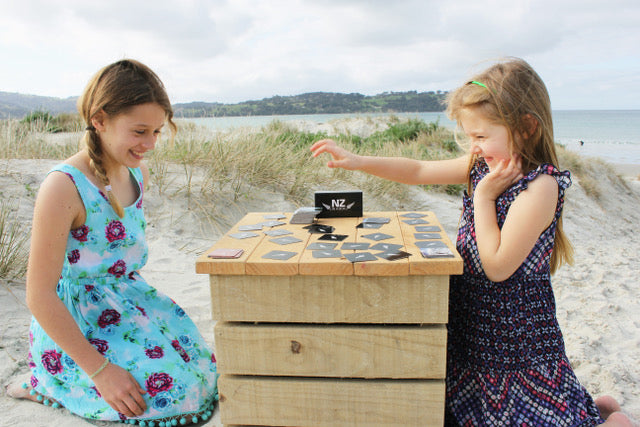
‘In Aotearoa, the Growing Up in New Zealand study has found that at two years of age, 40% of children understand two or more languages, while some children (7% ) understand three or more.’[1]
In a bygone era, the idea was that children would become confused by hearing two languages at the same period in their lives. Today this is not supported by modern research.
Babies are adept at telling the differences between languages; if exposed to two languages, they will develop two language systems. By two years old, they can match their language to the person speaking to them.
Initially, a bilingual child may be over-filled with two languages and can seem behind. This soon changes and the bilingual child develops more language knowledge through rich, early exposure as they learn two languages.
Children will likely make faster progress in their most regularly used language. But what matters most, whether the child is learning one, two or more languages, is that they do best when spending lots of time talking with their whānau, parents and teachers.
Is it too late to learn a language?
University of Canterbury's Professor Jen Hay, Professor Jeanette King and a team of researchers has found that listening to te reo Māori can kickstart learning the language. Adults begin the early stages of language learning by living in Aotearoa, New Zealand and hearing the Māori language around them. Adults may automatically store memories for words when exposed to the ambient environment, whether the nightly news or radio. This memory store, known as a 'proto-lexicon,' is foundational in infant language learning.[2]
Based on the findings, Professor Hay has a message for people wanting to learn te reo Māori but may find themselves too busy; you can 'prime' your brain ahead by listening to radio and TV and lay a strong foundation for learning.
He Taonga Te Reo Māori
The Māori Language is a Treasure
In 1985, one of the earliest Waitangi Tribunal claims was for the recognition of te reo Māori as a living language and taonga. The Māori Language Act, passed in 1987, established te reo Māori as an official language of Aotearoa. This standardised version of te reo exists alongside regional variations of the language integral to the identity of different iwi.
NZ IN A BOX® Te Reo Māori
“A game for all to play!"
Ages 5-100, for 2-4 players
[1] Brainwave Trust Aotearoa; Morton et al., 2014
[2] Professor Jen Hay, Professor Jeanette King et al., Te Whare Wānanga o Waitaha | University of Canterbury


